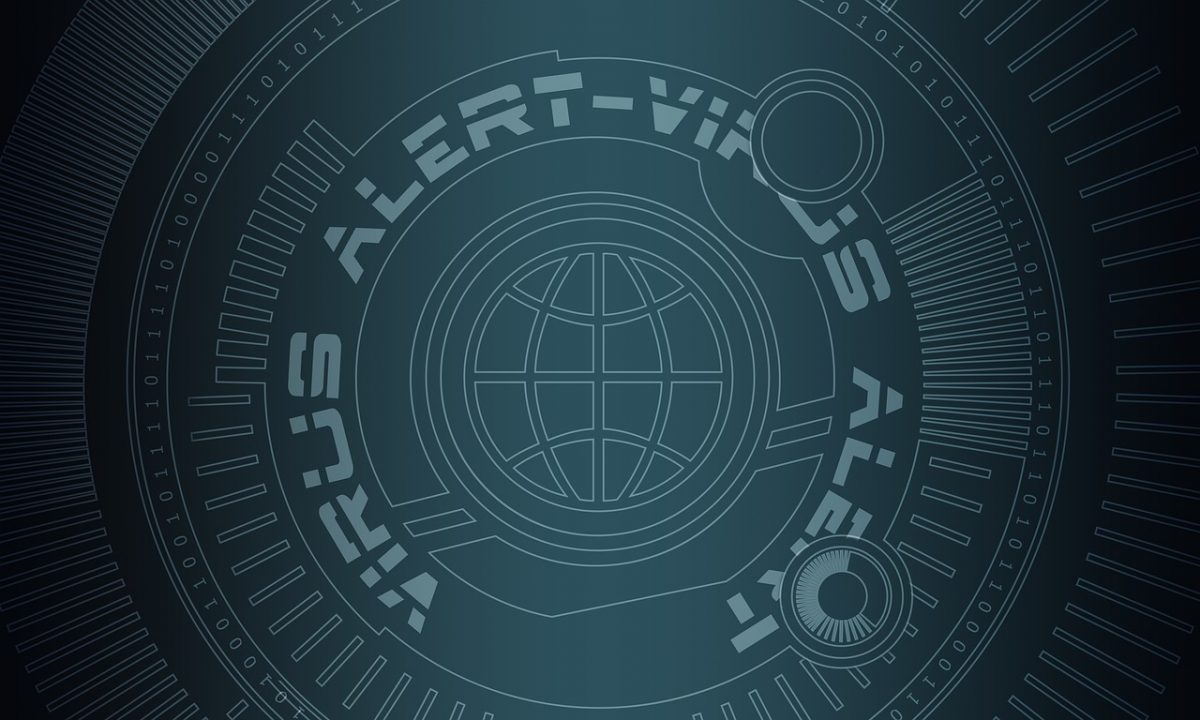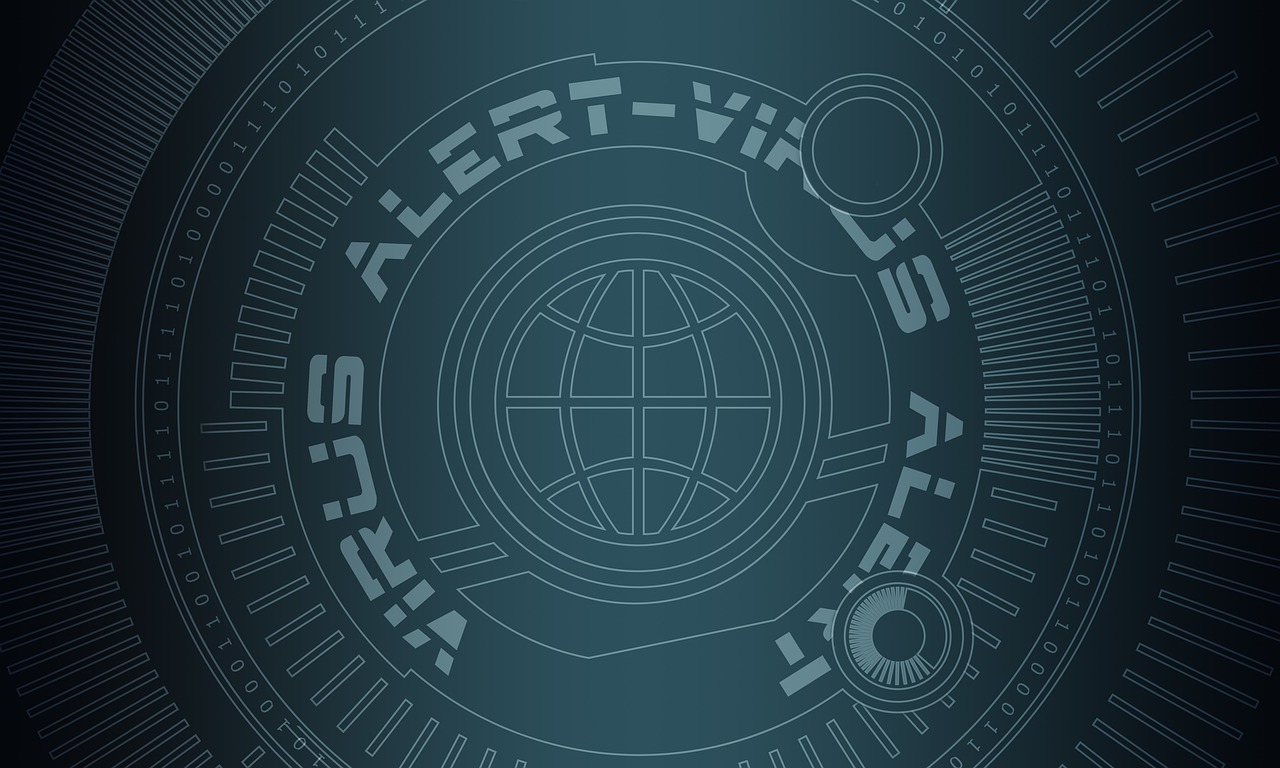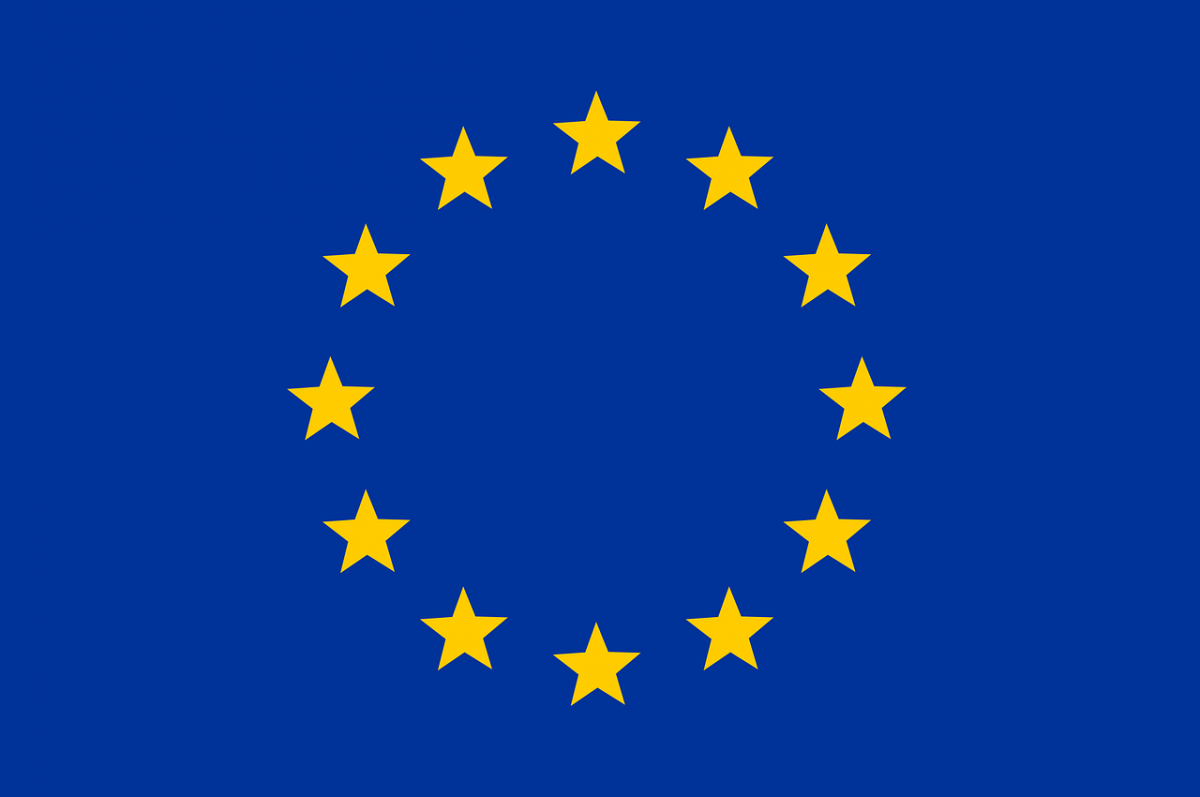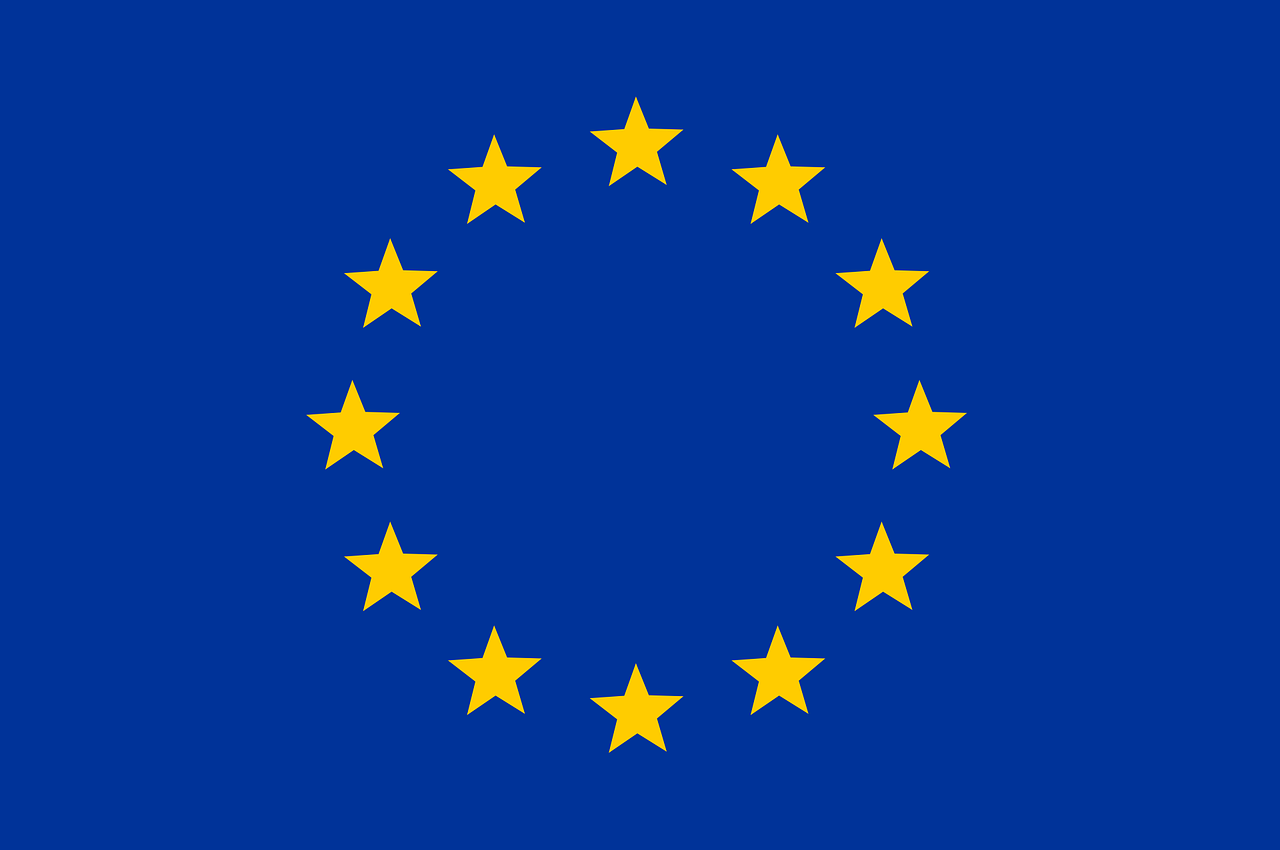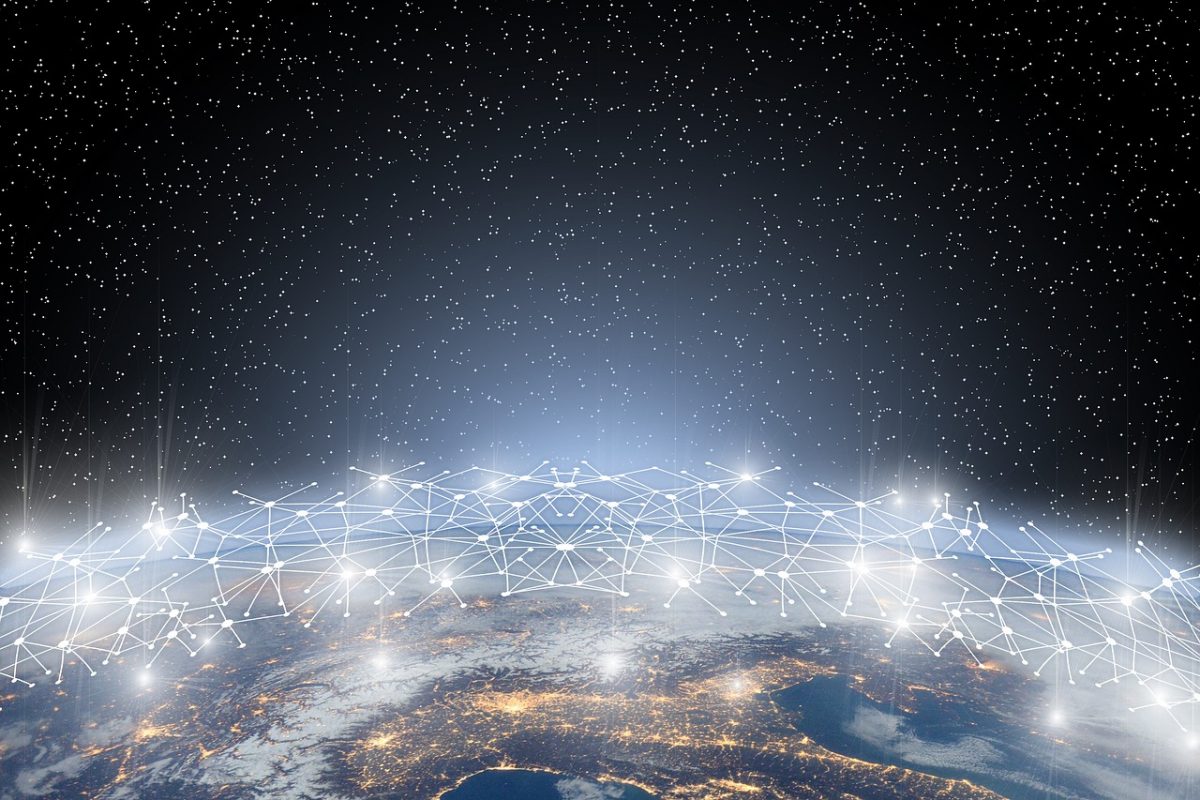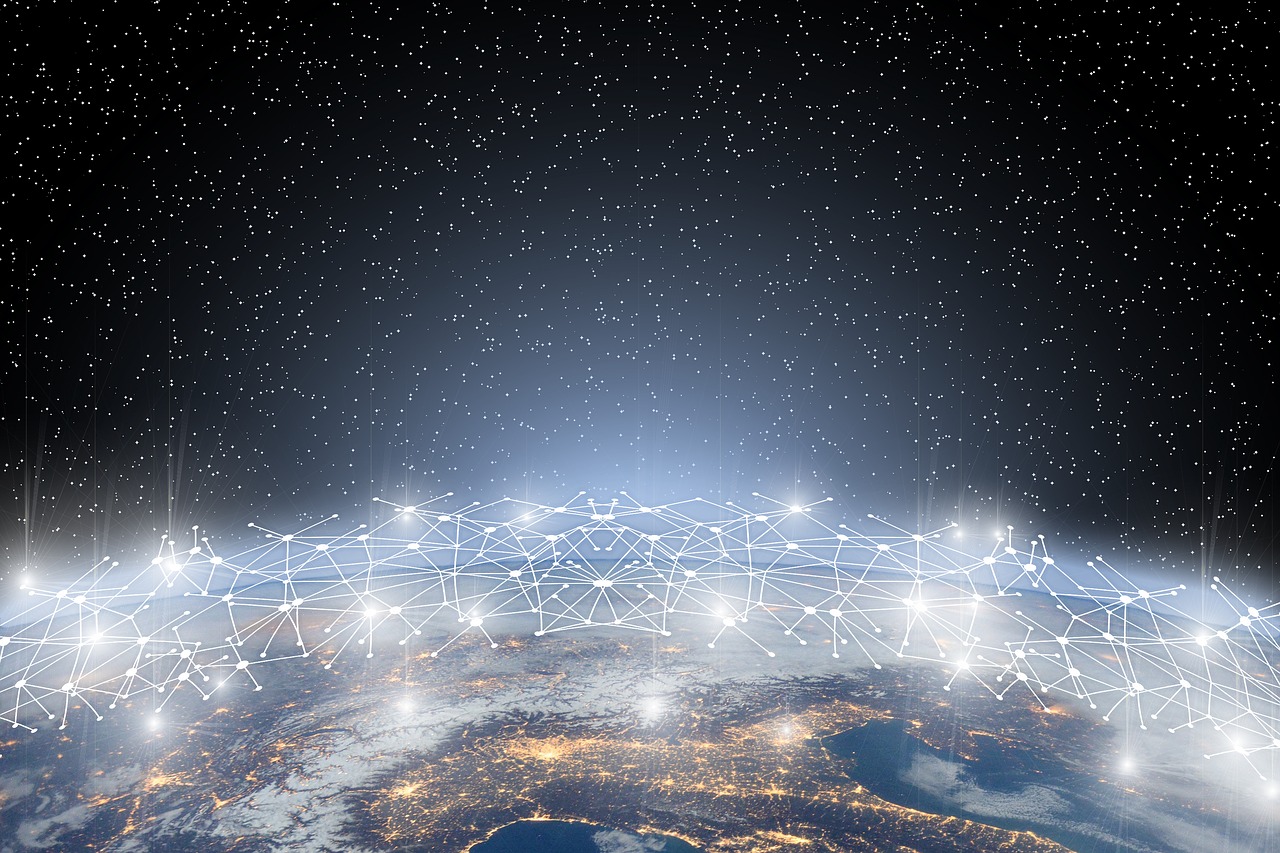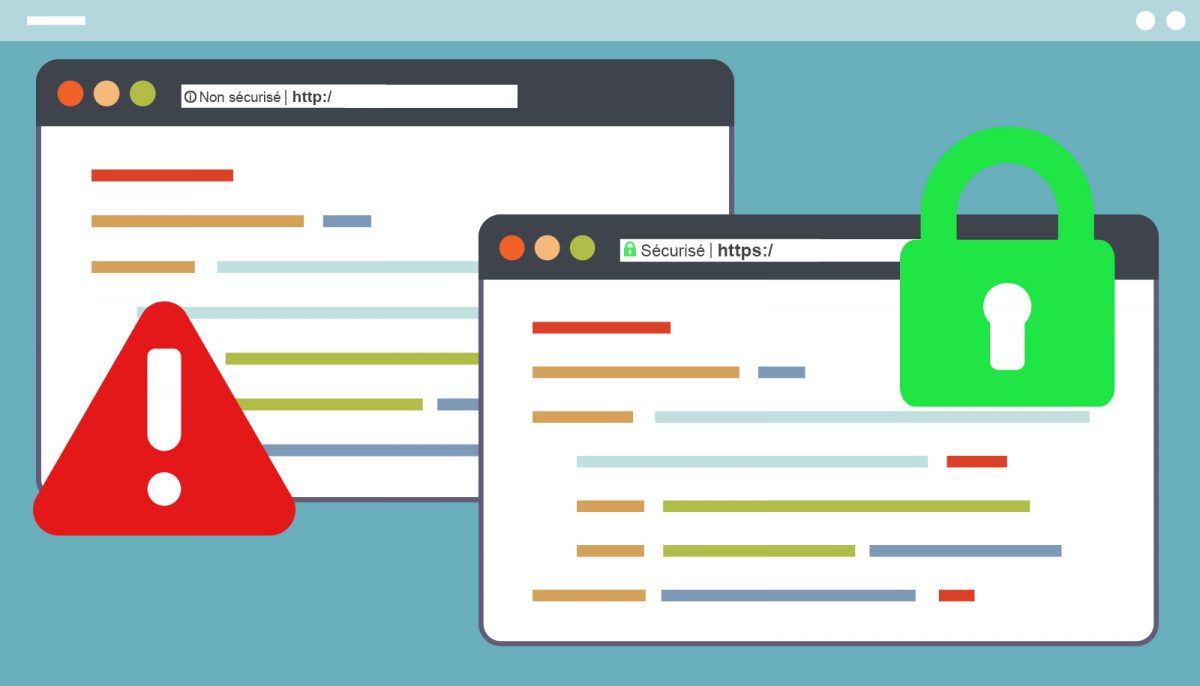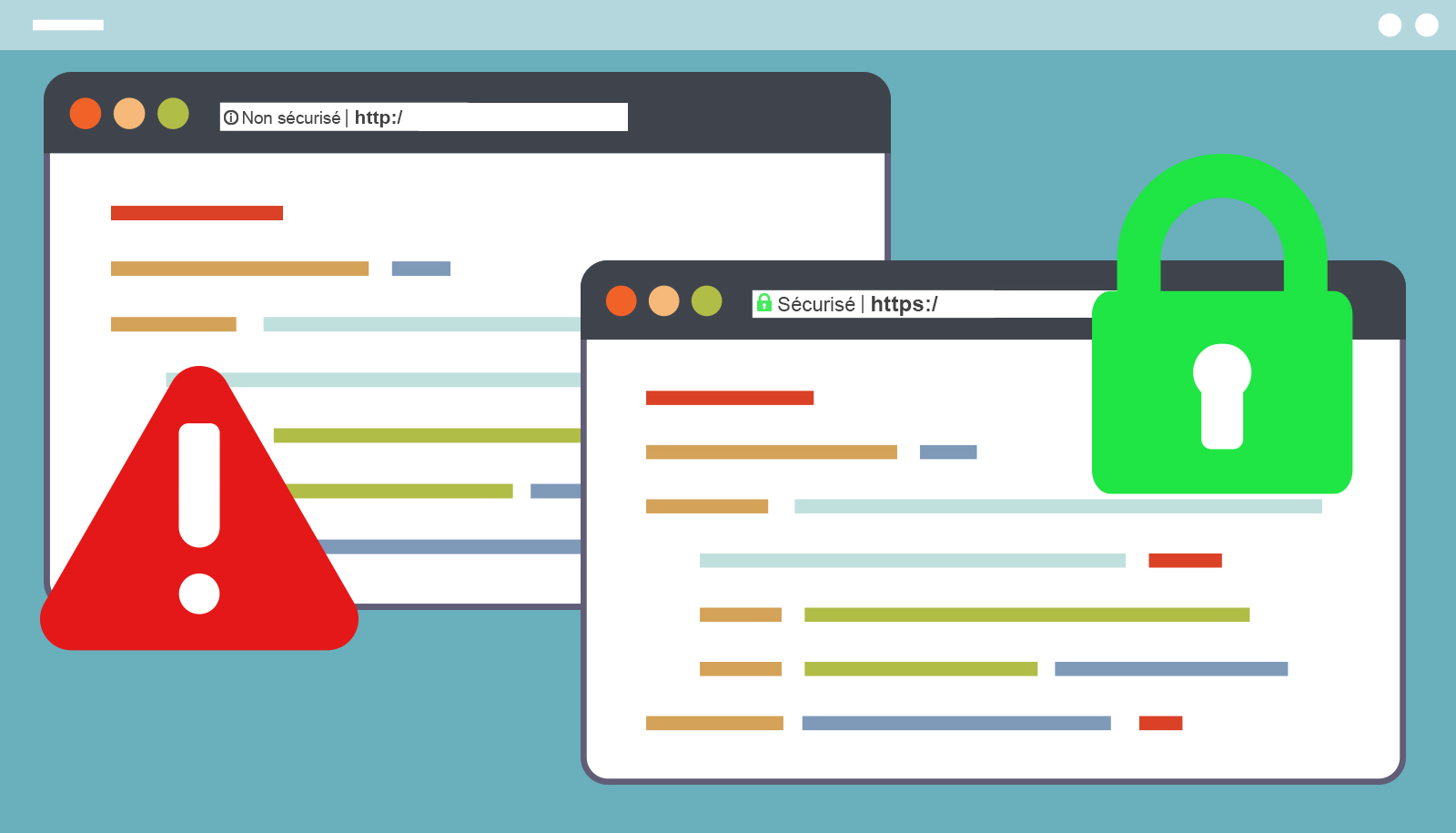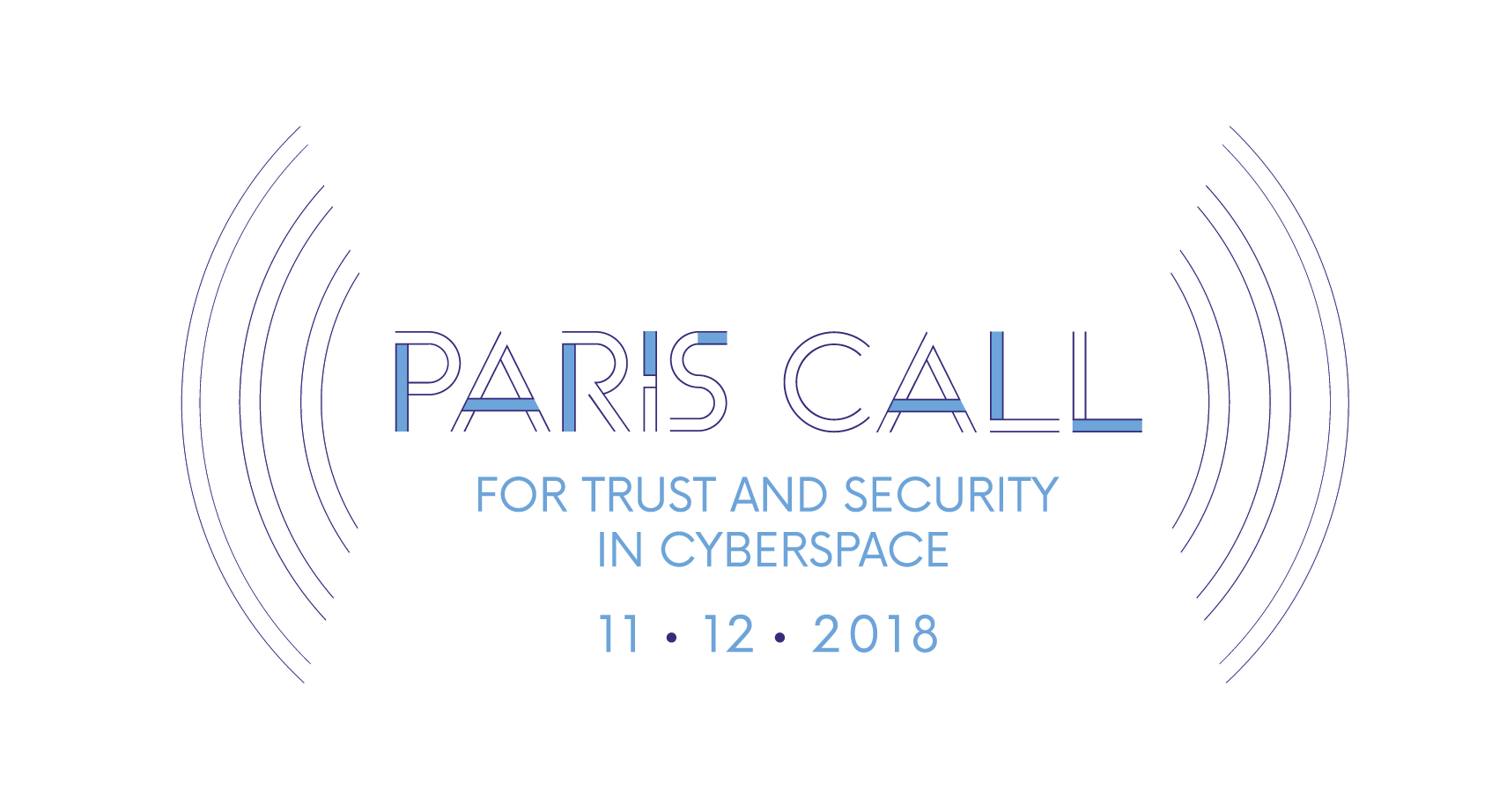
Just one year ago, in the context of the first Paris Peace Forum, the French President, Emmanuel Macron, launched the Paris Call for trust and security in cyberspace. This call is a political declaration aiming to express a mobilization on the stability in the cyberspace and strengthens the efforts of the international community and many actors involved in the digital security issues. This text reminds some principles that we think are fundamental, like the application of the international rights and the Human rights in the cyberspace. It also highlights the need of a multi actors’ approach, to create standards which will allow us to fully benefit, i.e. in a reliable and secure way, from opportunities provided by the digital revolution.
Lastly, the Paris Call promotes the strengthening of the digital products and services’ security that we use for example, in our daily lives. The text aims in that sense, to prevent cyberattacks perpetrated by malicious actors, which threaten all the users of the cyberspace.
Aware that our Society’s development, on the economic, cultural and democratic fronts, requires a strengthened trust of the information that flows through the Internet, Nameshield, which has worked for 25 years to protect the digital identity of its clients; companies, local collectivities and administrations through the use of their domain names, wished to join this initiative and sign the Paris Call.
Its job consists in ensuring the integrity and resilience of the identity of individuals and organizations on the Internet, represented today by the domain name. By highly protecting data on domain name identity cards (Whois) and by providing a high availability and high performance service through the associated Domain Name System (DNS), Nameshield contributes to a large extent to the second principle of the Paris Call: Protecting the Internet. To prevent activity that intentionally and substantially damages the general availability or integrity of the public core of the Internet.
Cornerstone of the Web, the Domain Name System (DNS) serves as the Internet directory. This protocol translates a domain name into an IP address, based on a database distributed on thousands of machines. If the DNS falls because of data corruption or a denial of service attack, all your websites and emails would become inaccessible, which is completely unthinkable nowadays! The DNS must be protected and must stay highly available.
Protocol created in the 1980’s, security flaws regarding the usual functioning of the DNS have been identified since its creation. That is why, a new secured protocol, DNSSEC, has thus been developed to ensure the authenticity of the exchanges through a certified signature. Other solutions can complete the resilience of your identity on the Internet: the registry lock, SSL certificates…
The security solutions proposed by Nameshield, an independent French company that stores its data in France and possesses its own anycast and resilient DNS infrastructure, certified ISO 27001 on all its domain names activity, are compliant with the ANSSI recommendations on the good practices regarding the domain names’ acquisition and exploitation.
In the context of the 2nd Paris Peace Forum, the Ministry of Foreign Affairs wished to illustrate the second principle of the Paris Call: Protect the Internet by highlighting the services proposed by Nameshield. The company is proud to be able to collaborate, at its level, with the actors implicated in digital security issues in order to make the Internet more reliable and thus contribute to the security of the cyberspace.
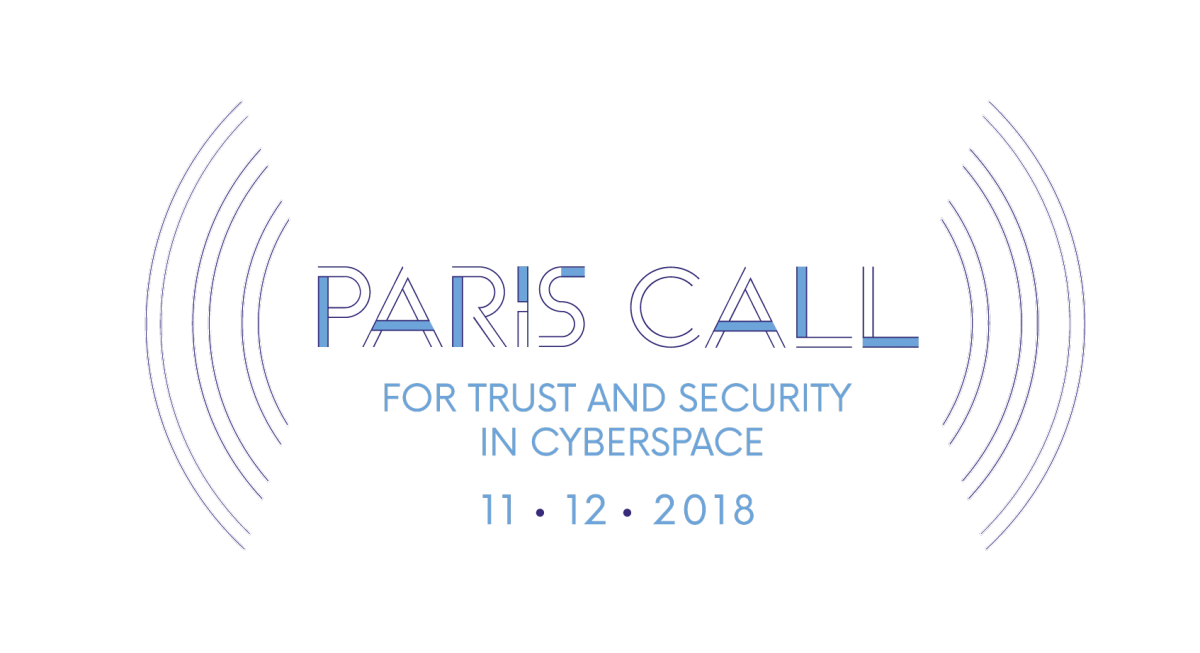


![[New gTLD] Launch of .NEW by Google](https://blog.nameshield.com/wp-content/uploads/2019/12/Sortie-du-.new-Google-1200x743.jpg)
![[New gTLD] Launch of .NEW by Google](https://blog.nameshield.com/wp-content/uploads/2019/12/Sortie-du-.new-Google.jpg)
